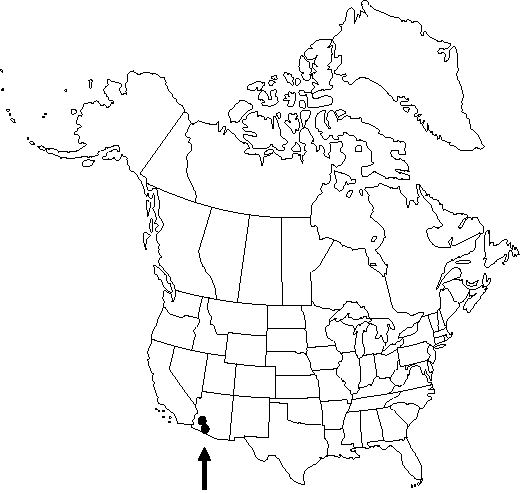Difference between revisions of "Berberis harrisoniana"
J. Wash. Acad. Sci. 29: 477. 1939.
FNA>Volume Importer |
imported>Volume Importer |
||
| (2 intermediate revisions by 2 users not shown) | |||
| Line 54: | Line 54: | ||
|publication year=1939 | |publication year=1939 | ||
|special status=Conservation concern;Endemic | |special status=Conservation concern;Endemic | ||
| − | |source xml=https:// | + | |source xml=https://bitbucket.org/aafc-mbb/fna-data-curation/src/2e0870ddd59836b60bcf96646a41e87ea5a5943a/coarse_grained_fna_xml/V3/V3_9.xml |
|genus=Berberis | |genus=Berberis | ||
|species=Berberis harrisoniana | |species=Berberis harrisoniana | ||
Latest revision as of 21:52, 5 November 2020
Shrubs, evergreen, 0.5-1.5 m. Stems often ± dimorphic, with elongate primary and somewhat elongate axillary shoots. Bark of 2d-year stems brown or gray, glabrous. Bud scales 1.5-3 mm, deciduous. Spines absent. Leaves 3-foliolate; petioles 1.5-5 cm. Leaflet blades thick and rigid; surfaces abaxially ± dull, papillose, adaxially dull, rarely glossy, somewhat glaucous; terminal leaflet sessile, blade 2.9-5.4 × 2.2-3.2 cm, 1.3-2.4 times as long as wide; lateral leaflet blades ovate or rhombic to lanceolate, 1-3-veined from base, base acute to rounded-obtuse, margins plane or undulate, lobed, with 1-2 teeth 5-13 mm high tipped with spines to 2-3.4 × 0.3-0.4 mm, apex acuminate. Inflorescences racemose, rather dense, 6-11-flowered, 1.5-2.5 cm; bracteoles membranous, apex acute or obtuse. Flowers: anther filaments with distal pair of recurved lateral teeth. Berries blue-black, glaucous, spheric to short-ovoid, 5-6 mm, juicy, solid.
Phenology: Flowering winter (Jan–Mar).
Habitat: Shady spots in rocky canyons
Elevation: 800-1100 m
Distribution

Ariz.
Discussion
Of conservation concern.
Berberis harrisoniana is endemic to the Kofa and Ajo mountains. It has not been tested for resistance to infection by Puccinia graminis.
Selected References
None.